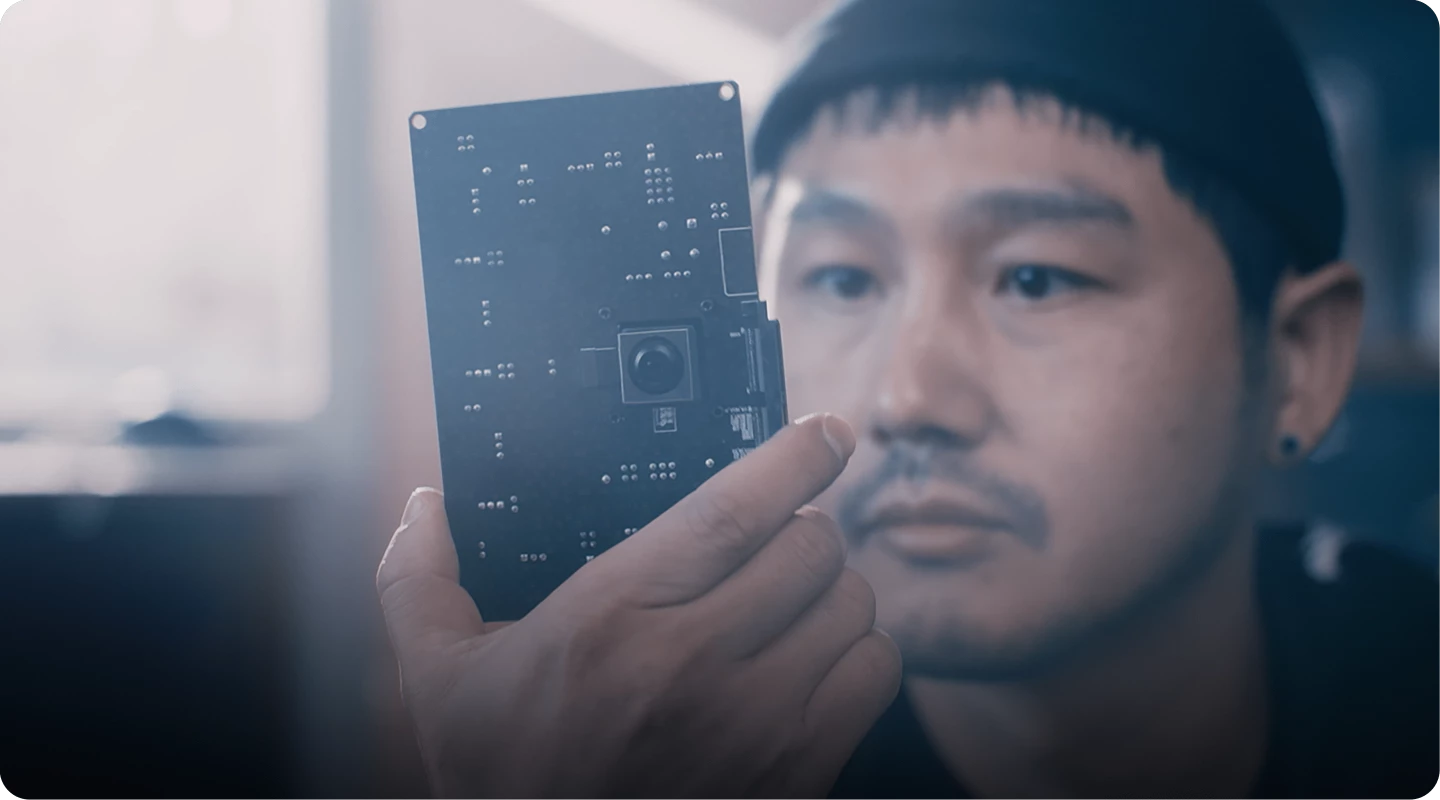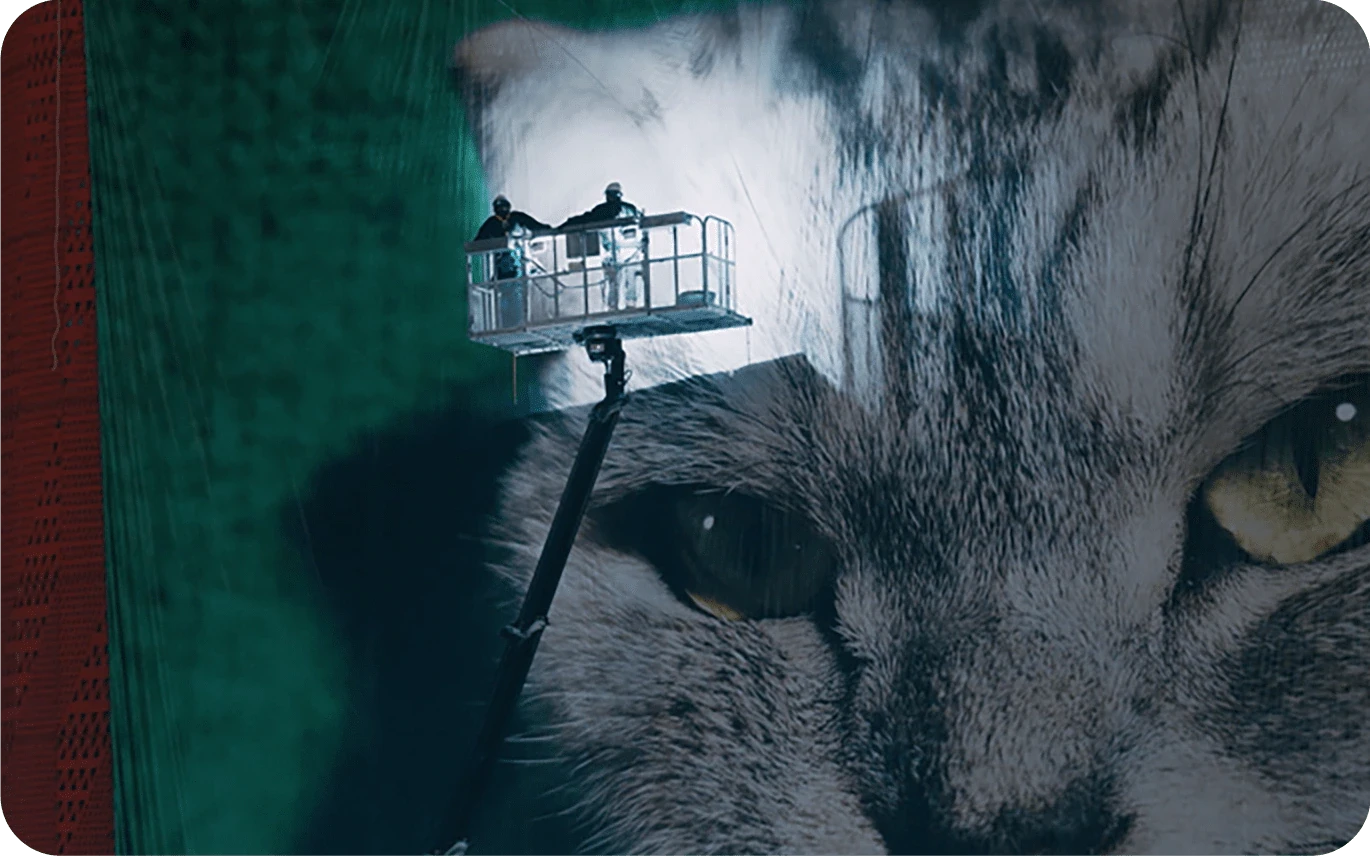Samsung wants the world to witness the power of its fully armed, operational and wildly unnecessary 200-megapixel Isocell HP1 smartphone camera sensor. So it's taken a picture of a cat, and printed it at 1.5 times the size of a basketball court.
The image, a mighty 28 x 22-meter (92 x 72-ft) canvas printed in 12 strips, now sits on the side of a building somewhere in Seoul, a monument to Samsung's hubris, a deeply ordinary cat pic that'd struggle to earn a spot on your mum's fridge, only heaps bigger.
Does it look sharp and clear? Sure, from a distance! Does the giant size really mean anything? Well, put it this way: at 300 dots per inch, the standard resolution for most photo printing, the Isocell HP1's giant 16,384 x 12,288-pixel image would measure 54.6 x 41 inches (139 x 104 cm) if printed dot for pixel, and this billboard is 20 times bigger. You can draw your own conclusions.

The Isocell HP1 sensor used to create the image is not yet integrated into a smartphone, but you can expect to start seeing it on flagships soon. And our issues with this kind of thing are the same as the ones we had when Xiaomi first broke the 100-megapixel barrier.
The megapixel war is over, folks, and megapixels lost. Samsung says it'll be neat to zoom in on your images at 200 megapixels – and it will, you'll be able to see every hair poking out of a pimple if you nail focus and shutter speed. You'll be able to send crops to your doctor for diagnosis.
But there's a price to be paid at every step of the journey. You'll need processors that can handle those monster files at speed. You'll need more buffer, more RAM and more storage in the phone. You'll chew more data every time you upload, send or back up a pic – not to mention, if you're uploading it to social media, those services will throw out most of the data and crunch your images down anyway.

Oh, and DXOMARK currently ranks the 12-megapixel camera on the iPhone 13 Pro over the 108-megapixel whopper in the Samsung Galaxy S22 Ultra, because it turns out, massive amounts of extra resolution don't make much of a difference in the context of modern smartphone photography.
Billboard photography might be a different matter, but look, there's only one reason why you'd do that kind of job with a smartphone camera: to promote the smartphone camera.
Either way, Samsung's pressing ahead with super-resolution, and the Isocell HP1 appears to be a technical achievement of some merit, even if it's of questionable value to the vast majority of smartphone buyers. Check out a video of this odd project below.
Source: Samsung







